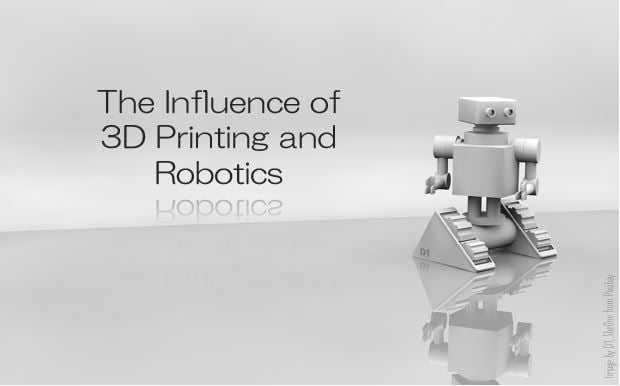
I know I’m not alone when I envisioned a future in robotics as Rosie the robot maid on The Jetsons wheeling around dusting my furniture. When I began to see the trends in education to include more robotics and coding, I thought, “Yes! I can have my own Rosie or R2D2!” But that is a simplified vision of what robotics learning, and other advanced tech such as 3D printers, can offer. Educators who were already incorporating robotics and 3D printing could see the benefit these innovations had on their students’ learning – increased engagement, improved critical thinking skills, and enhanced conversation and collaboration in the classroom.
In the immediate pandemic, those who were already using 3D printer and robotics technology in lessons could connect those experiences with the value of making items vital for essential workers, such as face shields and straps. In fact, there are quite a few stories in which students and schools worked together to create PPE for local hospitals and clinics.
More generally, robotics plays an ever-expanding part in many industries ranging from healthcare to the service sector. For example, in Asia robotic baristas can whip up your favorite coffee, and some hotels are entirely staffed with robots to handle check-in and out processes using facial recognition technology. In healthcare, robot-assisted surgeries have become more common for certain procedures such as those involving the head, neck, or heart where robotic surgery tools can move in tighter spaces. For many students, these experiences are unfamiliar, but most have seen (or maybe even own) more common household devices like robotic vacuums or robotic lawn mowers.
3D printing – the process of creating three-dimensional components by adding layers of material -- has become more and more popular. With prices comparable to a new computer, owning a 3D printer is attainable, and designing and creating common household items is possible. Through this technology, printing more complex parts that interlock and do not require assembly is possible. Many 3D printer enthusiasts have made practical items such as wall plate covers, cell phone holders, sink drain strainers, no-contact door openers, bottle openers, and desk organizers. Really, the list of items that can be printed is seemingly endless.
Students can explore this technology and turn project-based learning on its head. Before school closures, many school campuses had robotics clubs that benefited from 3D printers to create unique robots and machines that stoke student, and teacher, creativity and engagement. For teachers hesitant to incorporate this type of technology, there are lessons readily available that guide through projects. For example, the Mimio MyBot educational robotics system includes activities that help students explore robotics and coding. There is also MyStemKits which develops K-12 curriculum including lesson plans and 3D printable kits. MyStemKits also includes Design Challenges that encourage students to think critically, solve problems, and experience learning that can bridge into more complex project-based tasks where creativity is key.
With the prevalence of robotics and 3D Printing resources for educators at all levels, coupled with boundless student creativity, who knows--maybe a Rosie and an R2D2 ARE in our futures after all!?


